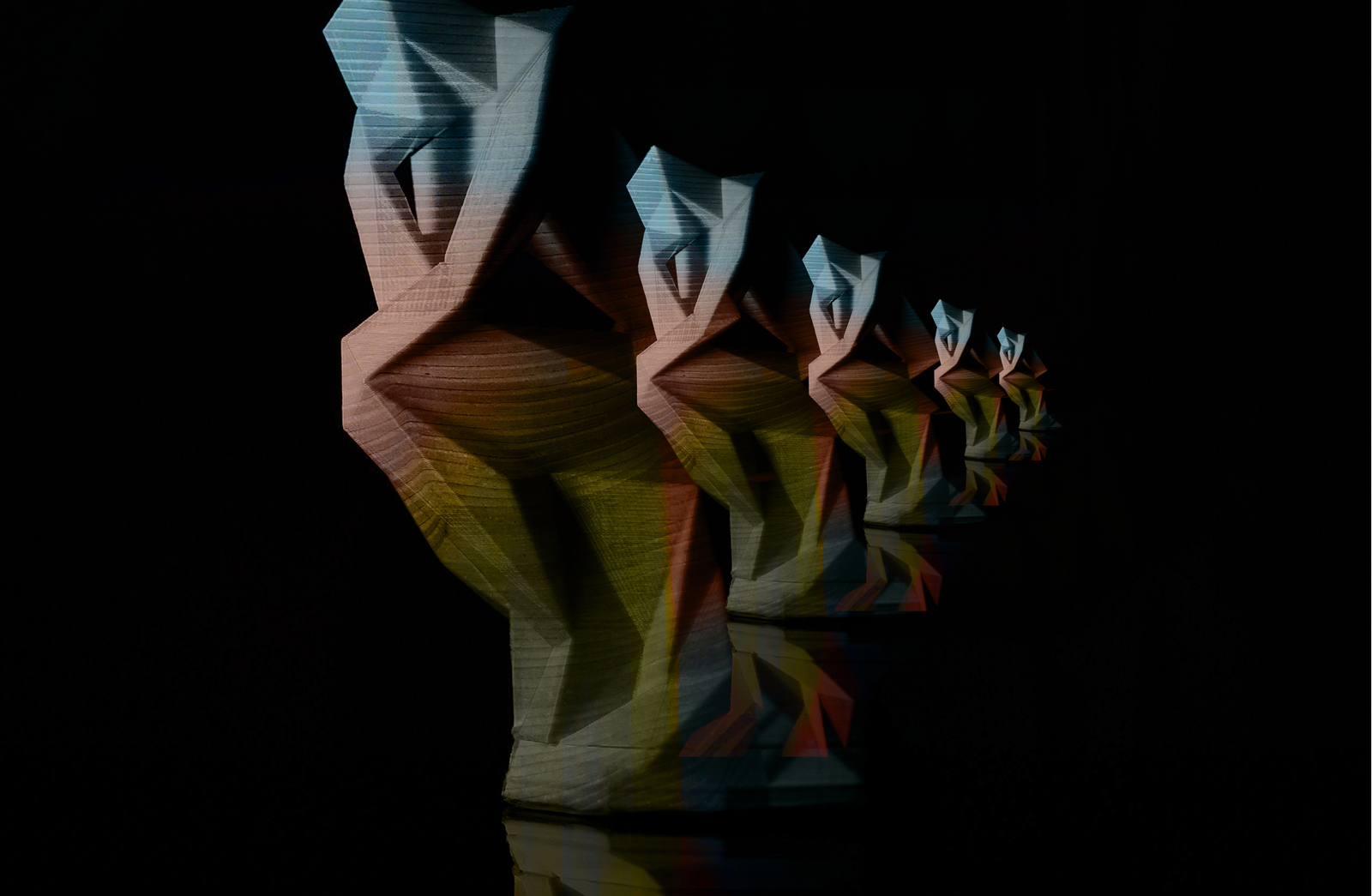A Royal Lesson in How Not to Be Anti-Racist
I am not typically a follower of the British “royals,” but I watched the story of Meghan Markle and Prince Harry unfold with fascination. The first royal interracial marriage was for me a sign of hope, perhaps even more so than Obama’s election; this was not an eight-year term but for forever, irrevocably changing the royal bloodline. I made sure to see the wedding, during which I teared up more than once while also rooting on Episcopalian bishop Michael Curry as he lovingly, cheerfully preached to the British aristocracy. Two cultures were represented that day; two cultures united. Meghan and Harry’s marriage was not the end but the beginning of something needed and long-awaited: the beginnings of the integration of the British royal family. Yet, as history has taught us, whenever integration comes—whether it is a royal family, a school, or a church—backlash follows, and latent racism manifests itself in a multitude of ugly and intentionally destructive words and deeds.
Given the revelations of the now-infamous interview that Oprah Winfrey conducted with the royal couple, one question returns like a boomerang: in the midst of backlash to this momentous step in desegregation, where were their supporters? I understand the ways in which “ally” can be a problematic term, and I do not want to center those who are white; rather, after hearing the experiences of Meghan and so many others, I want to examine the role of white people within the larger community during processes of desegregation. As we continue to work toward integration and ending racism as individuals, churches, schools, and nations, people who are white must intentionally become outspoken defenders of people of color who are leading and risking themselves in the integration if the process is to be successful.
Meghan and Harry faced a barrage of racism from multiple sources and levels of influence. First, they encountered racism from the general public through emails, letters, online comments, and more, intensified and sanctioned by a prime minister and president who encouraged the trend toward white nationalism in both Britain and America. Second, they dealt with racist comments by both thoughtless and racist media members. Third, they faced insensitive, racist comments from members of their own royal family. Finally, they had a child and faced a whole new level of racism that threatened the life and healthy future of their baby, as well as a lack of acknowledgment in title and position. They were surrounded, and they needed fortification from as many people and places as possible, not only to survive but also to thrive in their new, visible position. While Meghan and Harry in no way needed white people to “save” them (they are a strong, talented, wealthy couple), white supporters were needed in order to build a new, healthier, integrated community and a new, healthier norm in the British royal family.
We will never know exactly what happened inside the royal family’s private conversations and decisions. Certain people will be protected; certain details will never be told. But we now all know exactly what Meghan, Harry, and baby Archie did not receive publicly after they desegregated the royal family. As Harry said, the primary reason they left was a lack of support and understanding; they did not receive the protection and defense they needed to be healthy, to be safe, or even to stay in England and to remain members of the royal family. We now know that Meghan was not allowed to receive desired mental health support. When the barrage of emails, online comments, and media comments began, did anyone from the royal family or publicity team sit down and ask Meghan and Harry what they needed to face the hatred? Were they given the emotional support and concrete actions they requested? Did anyone name racism as a problem in Britain and discuss how to publically, systematically address it from the position of power, privilege, and influence the royal family wields?
Did anyone name racism as a problem in Britain and discuss how to publically, systematically address it from the position of power, privilege, and influence the royal family wields? Share on XThe Church’s Complicity
And what about the church? Did the Church of England, which performed and sanctioned their marriage, raise its voice? Preach a solid imago dei theology? Offer prayers of repentance for racism? As Martin Luther King, Jr. wrote in Where Do We Go From Here, “The church has an opportunity and a duty to lift up its voice like a trumpet and declare unto people the immorality of segregation. It must affirm that every human life is a reflection of divinity.”1 The story of Meghan, Harry, and Archie leaving the royal family is not a story about their failure; it is a story about the failure of everyone around them, about a community that at the highest levels failed to love, protect, and encourage an interracial marriage and child after vowing to do so before God in Westminster Cathedral. Who kept their vows to be their community?
What resounded from the royal family, Church of England, and many others who should have been there for them, was silence. Undoubtedly, “keeping a stiff upper lip” has often been the choice of the royal family when facing criticism. Historically and culturally, silence has often been the royal family’s wisest and most dignified choice. Unfortunately, silence is always the wrong choice when facing ingrained racism, no matter one’s cultural norms. King once commentated on silence in the face of racism and injustice: “We end up with a double destruction: the destructive violence of bad people, and the destructive silence of the good people.”2 As a royal family, facing integration required re-thinking everything. Historically, silence and patience have never had an effect on racism, whether it took the form of slavery or segregation in either American or Britain. The silence and inaction of the royal family and many others toward the racism Meghan, Harry, and baby Archie faced revealed their ignorance and perhaps ambivalence regarding the virulence of racism in Britain. Interestingly, A Royal Lesson in How Not to Be Anti-Racist Share on X
Yet, ultimately, the situation of Meghan, Harry, and Archie, although saddening, is not about questioning them or judging the royal family; it is a chance to query ourselves. For whom am I standing firm in the face of racism? And where have I failed? Where have we as a church or a community failed? Right now, my church and my school are in the process of intentional integration, have been in the process of integration, and are oftentimes failing in that process. People of color attend, seem to become friends and be happy, but then leave with a polite line or two of explanation. In retrospect, I know it is because we failed to adequately see or address the racism and even specific racist situations they have encountered. They spoke up, and we failed to be sufficiently supportive, minimized their concerns, and told them to be patient. Then, the situation reached the point where it became unhealthy and/or unbearable, and they left.
Historian and pastor Jemar Tisby said in his “Leave Loud” Pass the Mic podcast episode, “If you are Black and in a white church, you will burn out, sell out, or be pushed out.” I can see faces as I write this. The face of a dear friend from seminary. The fallen countenance of a student who faced anti-immigrant comments. Our white failures came at the high cost of dissolved relationships, broken trust, and broken communities; they always do. While I am not called to be a part of Meghan and Harry’s community of support, I am called to do so for my friends of color, my co-workers, my students, and my fellow church members. How am I doing? For whom am I a faithful friend in the face of racial brokenness? Again, I do not want to center the experience of whites in this article, but I do believe I need to speak as a white person to other white people who need to ask serious questions about our silence, actions and nonactions, and our roles in diverse spaces after we listen to the narratives of those who have “Left Loud.”
Lessons from Dealing with Bullying
In considering how to move away from the role of silence, the Olweus Circle helps me to conceptualize the steps. Originally researched and intended for bullying, it shows the different roles and group dynamics when a person is singled out and attacked. I also use it for addressing racism, because I have found through my personal research and experience that there are often parallels between those who are actively racist and those who are actively bullying.  Bullies repeatedly pick on someone due to the perceived lack of power/inequality; racists repeatedly pick on someone because of a perceived inequality in power due to skin color/ethnicity. In the circle, the role of (racist) bully is on the left-hand side, and the person who defends the one who is attacked is on the right-hand side. In other words, the opposite of a bully in Olweus is not the attacked but the defender of the person attacked. In the middle are the roles that the rest of the people take in the situation. The goal is to move people from an active follower and supporter of the bully to the next role (silent supporter) to silent, disengaged onlooker, and then finally to the most important role, that of a defender, someone who will actively support the person attacked.
Bullies repeatedly pick on someone due to the perceived lack of power/inequality; racists repeatedly pick on someone because of a perceived inequality in power due to skin color/ethnicity. In the circle, the role of (racist) bully is on the left-hand side, and the person who defends the one who is attacked is on the right-hand side. In other words, the opposite of a bully in Olweus is not the attacked but the defender of the person attacked. In the middle are the roles that the rest of the people take in the situation. The goal is to move people from an active follower and supporter of the bully to the next role (silent supporter) to silent, disengaged onlooker, and then finally to the most important role, that of a defender, someone who will actively support the person attacked.
A quick glance at Facebook or Twitter will show how quickly and thoroughly these roles fit a racist bully and the community online. Unfortunately, I have also seen it fit a large brunch group or a meeting at church. The chart also shows why silence is so destructive—it can be due to support of the bully or simple disengagement (ambivalence/lack of caring), but it never aids the person attacked; silence fails to intervene in any way to improve or help the situation. Silence, in racism and bullying, always falls short. As we look at the chart, we might find ourselves in different places as we think of specific encounters, past and present. In my lifetime, most Christians have been passive supporters of racism, disengaged onlookers, or silent, possible defenders. Regardless, the goal is to move from silence to words and actions that defend others from racism. As we continue to work to end racism as individuals, groups, and nations, and especially as we seek to integrate primarily white spaces, those who are white must continue to do the hard work of moving forward in anti-racist efforts that will never be done this side of heaven, but that the Lord yet requires of us.
[1] Where Do We Go From Here, p. 105
[2] Ibid, p. 136



